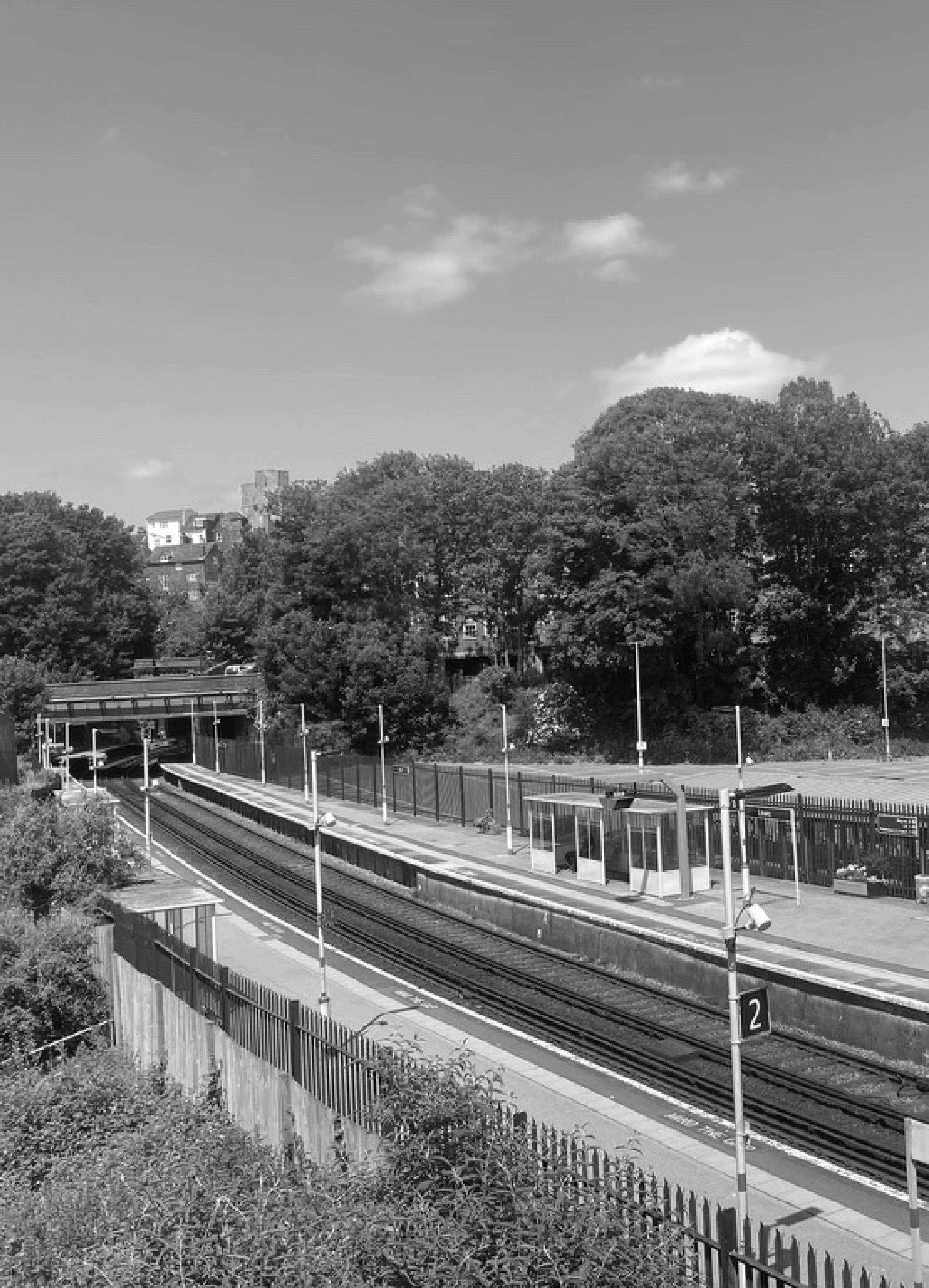
1 minute read
The Angle
Cities of today have focused their recent ‘life’ in maximising economic potential above all and this is a constant in the way future cities are designed today. We, urban inhabitants, don’t escape from this trend and have increasingly adhered to a global economic phenomenon based on economic production. But I think that the reality of some of its consequences, like climate change, solitude, lack of housing, food, water and land, etc. are catching up and causing harm to our lives.
I am concerned with how most cities are yet produced in mass, expanding indefinitely through making an inefficient use of land and other resources, still failing to change towards a more sustainable way of developing, designing and managing urban habitats. But not only that, another unfortunate consequence of current city making is that the resulting environment becomes standardised, feeling cities very similar to each other, looking almost identical, regardless of where in the world they are. In many occasions, they lack any relational, historical and concern with its place and its people, which leads to a disengagement of people and place. This also contributes to people disengaging with their habitat, as the experience of place is not memorable, identifiable and difficulty creates a sense of belonging. I find the most prominent constant in most cities is the car and its infrastructure, a useful tool for many, and a dreadful problem for all.
Advertisement
I have also been inspired, through the course, by many designers and urbanism academics that have focused on placemaking stretching the boundaries of the current urban design system by not being driven strongly by the neoliberal impulse. Good design for a good purpose is not necessarily impossible. Some of the examples that have influenced my work are alternative to average urban developments and start to show how a more human urban environment could look like.
There have been many efforts in the planning and design specialisms in addressing many of the issues around social justice, comfortable living and working environments, car dependency issues, etc. but the stepping stone is a system, which does not seem to allow meaningful changes for the delivery of city for people’s delight.
For this masterwork, my standpoint is to think of people and place first, and I would like to explore, test and stretch ideas that, through design, contribute to the eradication of an unbalanced urban environment for people.










